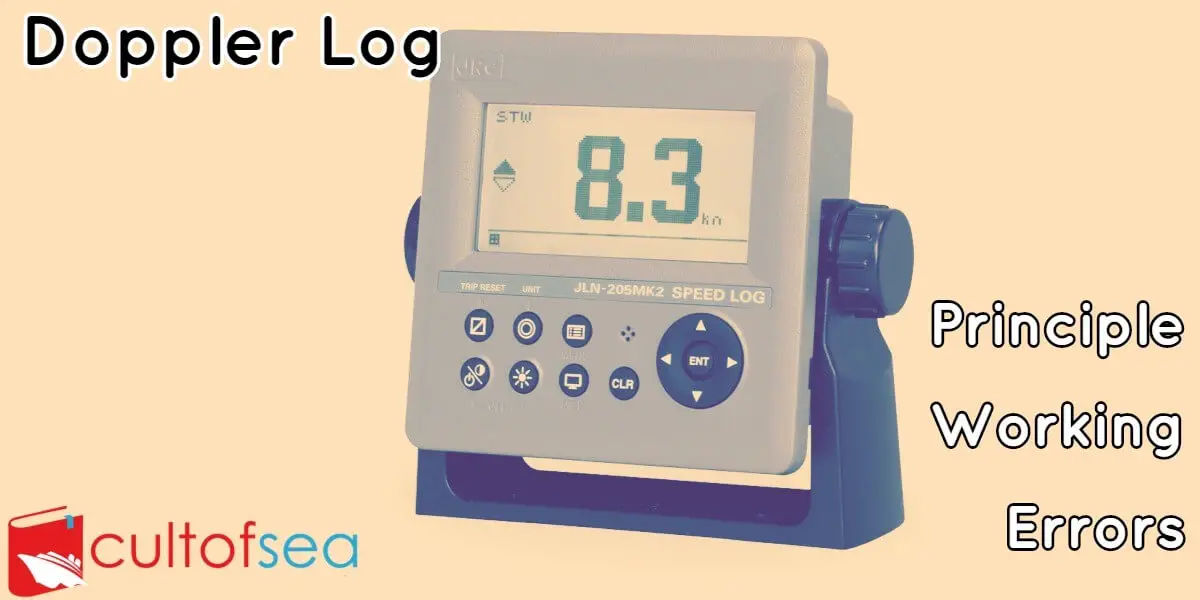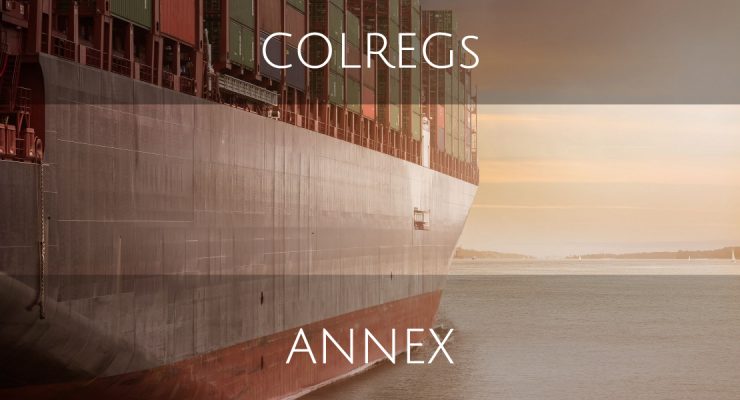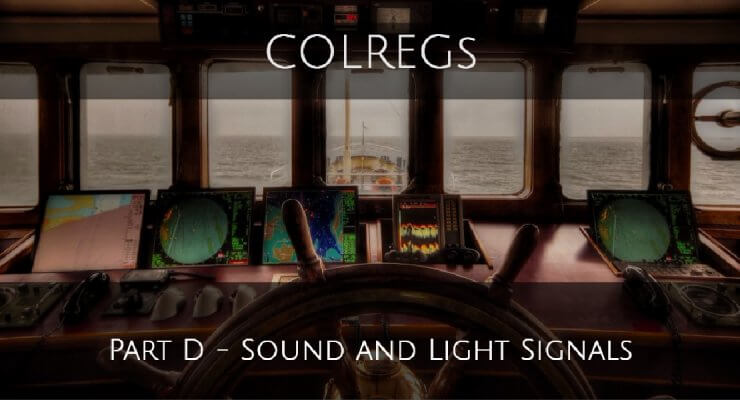Doppler log is an instrument, used in ships, to measure ship's relative speed with water (in which it is travelling) by the use of Doppler effects on transmitted/reflected sound waves.PrincipleDoppler log is based on the principle of Doppler shift in frequency measurement i.e. apparent change in frequency received when the distance between source and observer is changing due to the motion of either source or observer or both. In Doppler log an observer is moving with a source of sound towards a reflecting plane, then the received frequency. By measuring the received frequency and … [Read more...]
ANNEX III – Technical Details of Sound Signal Appliances
1. Whistles (a) Frequencies and range audibility The fundamental frequency of the signal shall lie within the range 70-700Hz. The range of audibility of the signal from a whistle shall be determined by those frequencies, which may include the fundamental and/or one or more higher frequencies, which lie within the range 180-700Hz (+/-1%) for a vessel of 20 meters or more in length, or 180-2100Hz (+/-1%) for a vessel of less than 20 meters in length and which provide the sound pressure levels specified in paragraph 1(c) below.The range of audibility of the signal from a whistle shall be … [Read more...]
Rule 35 – Sound signals in restricted visibility
Rule 35: Sound signals in restricted visibilityIn or near an area of restricted visibility, whether, by day or night, the signals prescribed in this Rule shall be used as follows:a. A power-driven vessel making way through the water shall sound at intervals of not more than 2 minutes one prolonged blast.b. A power-driven vessel underway but stopped and making no way through the water shall sound at intervals of riot more than 2 minutes two prolonged blasts in succession with an interval of about 2 seconds between them. c. A vessel not under command, a … [Read more...]
Rule 33 – Equipment for sound signals
Rule 33 : Equipment for sound signals a. A vessel of 12 m or more in length shall be provided with a whistle and a bell and a vessel of 100 m or more in length shall, in addition, be provided with a gong, the tone and sound of which cannot be confused with that of the bell.The whistle, bell and gong shall comply with the specifications in Annex III to these Regulations.The bell of gong or both may be replaced by other equipment having the same respective sound characteristics, provided that manual sounding of the prescribed signals shall always be possible.b. A vessel of less than 12 m … [Read more...]
Rule 32 – Definitions
PART D - SOUND AND LIGHT SIGNALS Rule 32 : Definitionsa. The word whistle means any sound signalling appliance capable of producing the prescribed blasts and which complies with the specifications in Annex III to these Regulations.b. The term short blast means a blast of about one second’s duration. c. The term prolonged blast means a blast of four to six seconds’ duration. … [Read more...]


